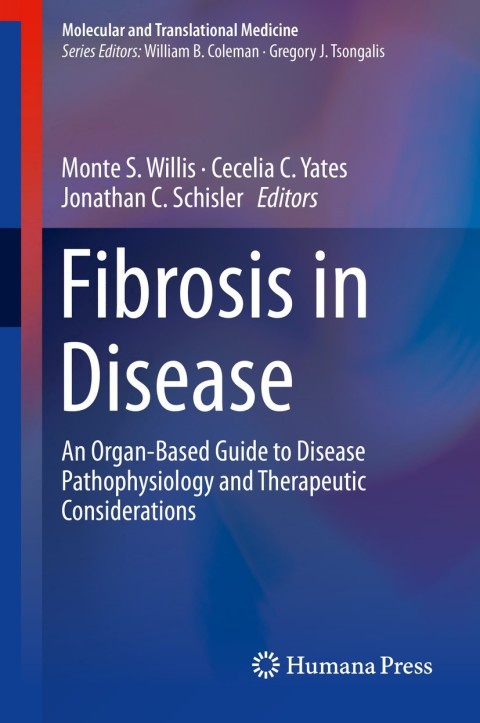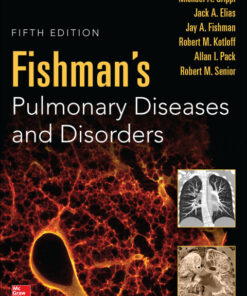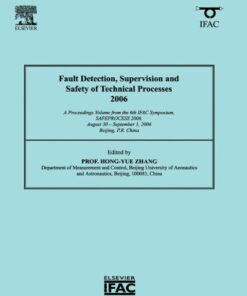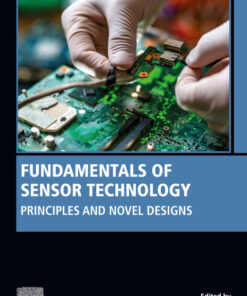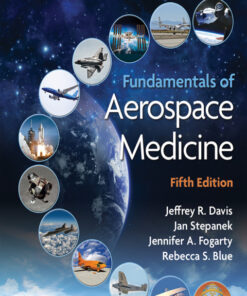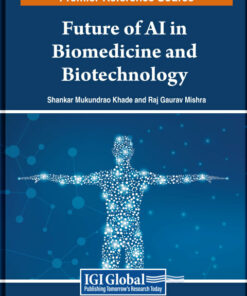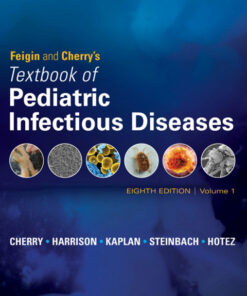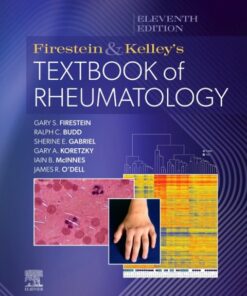Fibrosis in Disease An Organ-Based Guide to Disease Pathophysiology and Therapeutic Considerations Ebook (tebook.shop)
$25.00
Author
Fibrosis in Disease
An Organ-Based Guide to Disease Pathophysiology and Therapeutic ConsiderationsFibroproliferative diseases are a broad spectrum of entities from organ-specific involvement (e.g., pulmonary, heart, liver, and kidney fibrosis) to multi-system diseases such as systemic sclerosis and sclerodermatous graft vs. host disease. These diseases also encompass pathophysiologies not readily recognizably related, such as macular degeneration and cancer metastasis. Fibroproliferative diseases are a leading cause of morbidity and mortality and can affect all tissues and organ systems. Remarkable progress in elucidating the pathogenesis of these common diseases with fibrotic components, including the critical roles of myofibroblasts and the molecular mechanisms driving the transcriptional activation involved in the induction of fibrosis. As the importance of these processes is realized in the long-term recovery and treatment of diseases, effective anti-fibrotic therapies targeting the underlying ongoing disease processes are lacking. The complexity of discovering and applying therapies to fibroproliferative disease may be due to the diversity of the systems the pathogenesis of disease itself involves. By nature, fibroproliferative diseases are interdisciplinary, involving multiple cell types (organ-specific epithelial cells), immune cells, endothelial cells, and fibroblasts. Bone marrow, cytokines, and organ-specific pathologies further speckle both the clinical and scientific disciplines in such a way that communication is often limited to the clinical or scientific tribes we live in, despite the greatest access to information known to man available today. Therefore, the primary focus of this text is to bring together authors from a diversity of both clinical, scientific, and therapeutic backgrounds for readers to more fully appreciate that fantastic platform that is available to build upon to lessen the isolation of the clinical and scientific disciplines. With advances in the discovery of pre-clinical therapeutic targets (at least 20+ to date) involving TGF-beta (and other cytokines), transcription factors, and downstream kinases, it’s important to both recognize the broader impact and potential opportunities that exist even today. This book will serve as a state-of-the-art resource for physicians and translational medical researchers alike who are interested in the rapidly evolving field of fibroproliferative diseases. The book will provide new insight into the fundamental mechanisms of classic fibrotic pathophysiologic processes like myocardial infarction, idiopathic pulmonary fibrosis, chronic kidney disease, wound healing, and systemic sclerosis. It will also highlight the many new areas of therapeutic investigation currently underway. Lastly, we will touch upon newly emerging fields investigating the role of fibrosis in macular degeneration and cancer metastasis. The chapters will be written by established experts in their fields, including clinicians (cardiologists, cardiovascular surgeons, pathologists, and general practitioners) and translational biomedical researchers in a wide range of disciplines. However, the material will certainly have a broader audience including medical residents, fellows, and general practitioners as well as M.D. or Ph.D. post-doctoral research fellows. While comprehensive, we’ll attempt to present the material in a manner that simplifies the complex pathophysiologic mechanisms that underlie common fibroproliferative diseases while making it appealing to a broad audience. ISBN: 9783319981420, 3319981420

